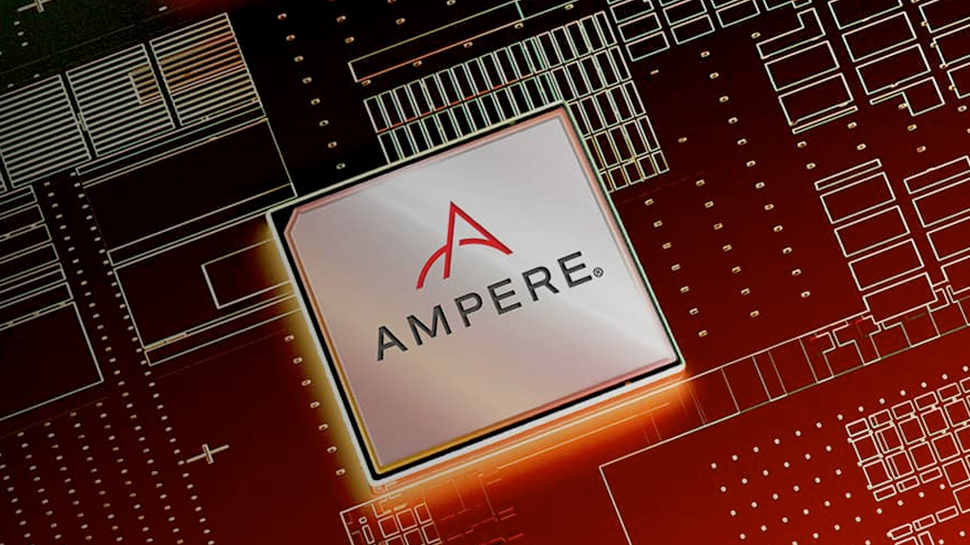Ampere’s flagship 128-core Altra Max M128-30 may not be the world’s highest-performing processor, yet it packs an unprecedented number of general-purpose 64-bit cores, has a reasonable power consumption and is priced at a fraction of what AMD and Intel charge for their flagship EPYC and Xeon Scalable offerings.
Ampere charges $5,800 for its top-of-the-range Altra Max M128-30 processor that features 128 Arm Neoverse N1 cores operating at up to 3.0 GHz, 128 PCIe Gen4 lances, and eight memory channels, according to Phoronix. By contrast, AMD’s top-of-the-line EPYC 7763 CPU with 64 cores that can work at 2.45 GHz – 3.50 GHz is priced at $7,890 whereas Intel’s Xeon Platinum 8380 processor with 40 cores functioning at 2.30 GHz – 3.40 GHz costs $8,099.
In fact, even the cheapest 32-core Ampere Altra Q32-17 with 32 cores at 1.70 GHz and 128 PCIe Gen4 lanes is priced at $800, which is below AMD’s 16-core EPYC 7302 that costs $978. Meanwhile, Intel has Xeon Silver ‘Ice Lake-SP’ processors that cost around $500, but these chips only feature eight cores.
Arm’s Neoverse N1 cores are not as advanced as AMD’s Zen 4 or Intel’s Ice Lake-SP cores, but they are small enough to pack 128 cores into a chip that consumes no more than 250 watts and still get viable yields.
Ampere positions its Altra and Altra Max processors with up to 128 core largely for hyperscale providers of cloud services. Those providers can develop software that scales well with the number of cores (and is less dependent on per core performance) and is optimized for AArch64 in general as well as Neoverse N1 in particular. That leaves the company with a fairly limited number of potential customers. Therefore, Ampere has to offer an indisputable advantage over offerings from AMD and Nvidia, which seems to be its price per core.
For high-volume white box servers used by hyperscale cloud giants that that run relatively limited number of applications, such an advantage may be quite tangible. For example, with Ampere’s Altra-based servers Oracle can offer an Arm general-purpose core at one cent per hour, which translates to $30.72 for a 128-core processor per day.
Meanwhile, for high-performance machines used in the enterprise a lower CPU price will not matter much since the cost of processors in many types of enterprise servers does not play a huge role as these machines are equipped with plenty of memory as well as a high-performance storage subsystem.
n addition to Ampere and Oracle, there are other companies that are pushing Arm-based enterprise-grade processors to servers. Fujitsu, which A64FX processors power Fugaku supercomputer (which is soon to be replaced from the No. 1 sport in the Top 500 list by the upcoming AMD EPYC/Instinct-powered Frontier machine) is offering similar chips to various enterprises. Huawei is deploying its Arm-based SoCs primarily in its own data centers.
